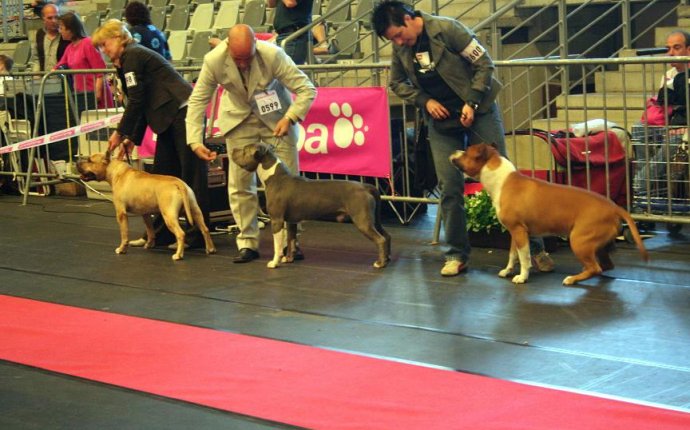
Belgium Kennel Club
American English Coonhound
A balanced, powerful dog, the American English Coonhound evolved when a descendant of the English Foxhound, known as the Virginia hound, was bred to adapt to rougher terrain. Renowned for his speed and endurance, the American English Coonhound was originally used to hunt fox by day and raccoons by night.
This wide-ranging hound has an excellent voice, making the breed ideally suited for competition hunting. The American English Coonhound is social and pleasant to be around. His hard, protective medium-length coat may be red-and-white ticked, blue-and-white ticked, tricolored with ticking, red and white, or white and black. Males are 24 to 26 inches at the withers, and females are 23 to 25 inches.
Plott Hound
The Plott Hound is named after Johannes George Plott, a 16-year-old German immigrant who eventually settled in North Carolina in 1750 with five German brindle-and-buckskin colored hunting dogs known as Hanover Hounds. The true founder of the breed was Johannes’ son, Henry, who established the highly successful big-game hound that fought and treed bears and mountain lions and bayed at wild boar. Small-game hunters used the Plott Hound to trail and tree raccoons and bobcats.
Loyal and eager to please, the Plott Hound is noted for his stamina, endurance and determination. The breed is distinguished by a brindle coat that appears streaked or striped with dark hair on a lighter background. Males are 20 to 25 inches tall at the withers, and females are 20 to 23 inches.
Bouvier des Flandres
A strong-willed, powerfully built cattle driver, the Bouvier des Flandres comes from southwest Flanders in Belgium and the northern plain of France. His early owners were farmers, butchers and cattle merchants. Following World War I, the Bouvier was nearly lost. A Belgian champion with ideal breed type, CH Nic de Sottegem, helped to revive the breed, and his descendants appear in almost every pedigree.









